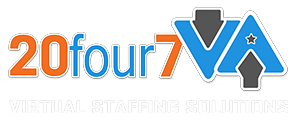Top Virtual Assistant Tools 101: Part 3 – Organization and Document Management Systems
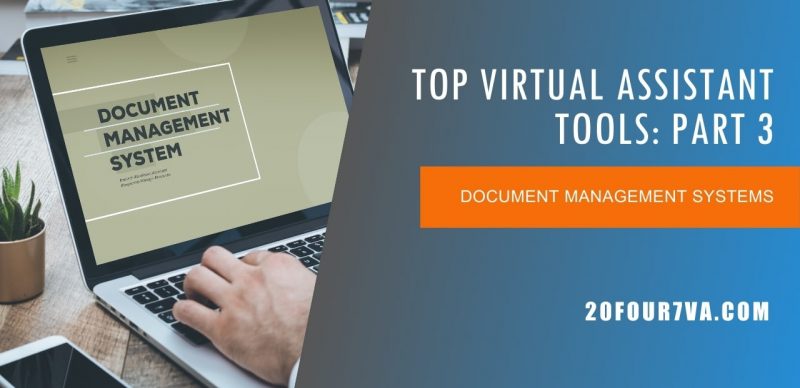
An organized and well-developed system is essential to business operations. Having important tasks piling up and in disarray can stifle productivity, result in many unmet deadlines, and harm client relations. As more and more processes go digital, electronic document management systems (EDMs) become invaluable for content management and storing important business information.
What is an EDMS?
An electronic document management system is software used for organizing important documents. It streamlines processes such as creating, saving, and retrieving digital files in a collaborative space. It also contains tools for sharing digital assets, including text, images, video, and audio files. EDMs can integrate with other applications so that centralized information can be accessed and managed more efficiently.
Simply put, a document management system is an electronic filing cabinet that makes digital files more accessible.
What are the Types of Electronic Document Management Systems?
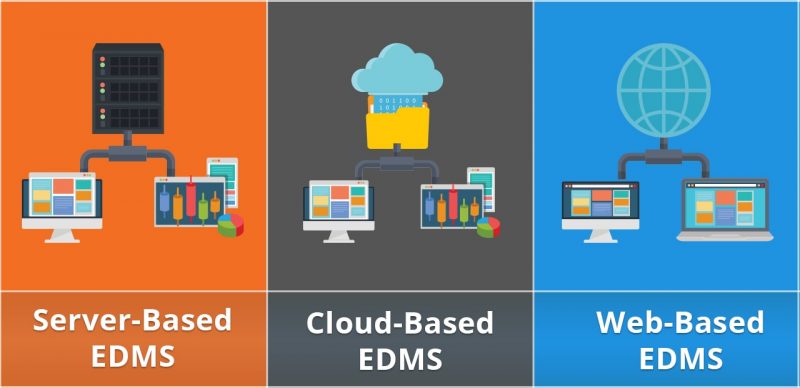
There are multiple types of EDMS, and choosing the best one depends on the business’s needs. EDMS vary in size and scope, from small standalone systems to enterprise-type networks for global mega-corporations.
1. SERVER-BASED EDMS
These are desktop-based document management software that users can install as a stand-alone on local workstations. Files on this system are stored on a server computer and accessed and retrieved without connecting to the internet.
2. CLOUD-BASED EDMS
As the name suggests, this type of system is hosted on a cloud, allowing users to access all files from any device connected to the internet. This service usually comes with add-on options, such as allowing the transfer of large data files, security, and other features.
3. WEB-BASED EDMS
This type of EDMS is similar to the cloud-based one, but the difference is users can conveniently access it through a browser without any software installation. Unlike server-based EDMS that need an on-premise server or the purchase of a private cloud, web-based EDMS are inexpensive and can integrate with popular office software systems.
Why Should You Use a Document Management System for Your Business?
Electronic document management helps automate recurring processes and allows teams to manage workflows efficiently. It lessens the difficulty of sharing files and renders paper documents obsolete. Here are some other key benefits.
1. Saves Time
Businesses that rely on a manual paperwork system are inefficient, with employees wasting time looking for the documents they need. With electronic document management solutions, filing and retrieving documents is faster and easier. Most software or platforms have an automated indexing system with features that allow you to find a document with a few clicks.
2. Lowers File Handling and Archiving Expenses
Implementing an EDMS can seem like a lot of work, but it can save the business heaps of money in the long run. In fact, paper document management can be more expensive as it is labor-intensive. You’ll also need to purchase physical storage space for your file archives. Having a central source to process, store, and retrieve records is much more convenient with digital files.
3. Improves Data Privacy and Security
Businesses should ensure that customer data and other information are always secure. Document management systems have built-in security and access controls to help reduce the risk of data breaches. The administrative hierarchy, as well as activity, can determine who has access to folders and files. This document management software usually also has backup systems to prevent data loss.
4. Accommodates Regulatory Compliance
An automated workflow means less human error, which helps companies avoid lawsuits brought about by breaches of sensitive information. Some compliance requirements can be complex, and this complexity increases as a company grows. Most EDMS are compliant with industry-standard rules and processes, but advanced systems offer audit trails, authentication tools, and permission capabilities.
5. Smoother Collaboration
As work becomes more digitalized and operations are outsourced, EDMS designed to improve collaboration among users become more important. This software allows internal and external communication through web-based environments so that third-party users can collaborate. More secure functionalities that limit the access of off-site employees ensure ease of use and efficiency while promoting business continuity.
6. Easier Business Process Reorganization
As your business grows, you will have to document how work gets done. A document management system can make this process more efficient. When you need to reorganize the organization of the business, you can simply reassign folders and activities to new users or groups with a few clicks.
7. Increased Retention of Documents and Records
Businesses need to document important procedures, transactions, and orders in order to provide proof when needed for audits or inquiries. Having an EDMS means you can easily document company records with relevant date stamps and audit trails for verification purposes. You don’t have to pay an outside document management firm or keep physical records in storage anymore.
There are many document and record management systems, and the best choice depends on your business needs. The types of software and platforms range from simple document sharing through email to sophisticated document tracking and workflow automation. EDMS usually come in two versions: web-based or on-premises.
Web-based document management systems are ideal for small businesses because they are easy to use, scalable, have mobility options, and spread across multiple devices. However, they can be more expensive than traditional document management software that is installed locally on the company’s server. On-premises document management software requires an administrator to manage and maintain the document itself. However, it’s more customizable and can be supported by most document management system providers.
Which Type of Document Management System is Right For You?
Document management software or systems vary in functionality. Some are designed for specific purposes, while others are more general-purpose document workflow solutions. Here are some factors to consider when choosing the system that is best suited for your business needs.
1. Your Business Size
EDMS works best for small-to-medium-sized businesses because they are usually designed to offer document collaboration and document sharing. As your company reaches specific milestones, these systems can be upgraded or modified to support more users or software packages.
2. Your Organizational Structure and Processes
You should match your document management system to the structure and workflow of your business. If it doesn’t fit, you will waste valuable time trying to make the “wrong” document management solution work.
3. The Document Structure and Processes You Need
Document management software is designed for specific document types with document formats, annotations, authorizations, and metadata. If you already have document templates or document types that are not compatible with your document management system, it will be difficult to convert the document types in the future.
4. Your Existing Systems and Technologies
If you work within a larger company structure and use many document management systems (e.g., document imaging, document capture, enterprise content management systems), you need to decide how your EDMS will integrate with those existing systems.
5. Your Professional Needs
Consider the needs of independent contractors and third-party service providers who work with your company. One of the document management solutions should include securing sensitive documents and business files during document collaboration among all parties involved.
6. The Document Tracking and Management Processes You Need
Not all document management software offers document tracking and document workflow functionality. For example, you might need to track open purchase orders for accounting purposes or manually input job status updates into the document management system. You should choose a software that fits your organization’s needs instead of trying to fit your document management needs into an off-the-shelf document management system.
7. The User Experience You Need
Some document management software offers color-coding, annotations, and document versions that can be accessed by multiple users at the same time in real-time.
8. Your Costs and Fees
Your document management system should provide document control software features that add value, such as document workflow and document routing, document security (e.g., encryption), and document authorizations (who can make changes). If you have a long list of requirements for storing documents and digital records, the costs could quickly increase. However, an effective document management system will pay for itself in time savings and efficiency gains. Most document management software can scale in cost to support your document collaboration needs.
9. Your Task Requirements
Some document management software is designed for document sharing and document collaboration features, while others are designed for document routing, document authorizations (who can make changes), versioning controls, annotations, scanning documents directly into the system through various document capture interfaces, document presets for document scanning or document imaging, document routing schemes, document security (e.g., encryption), user authentication and document workflow tasks.
10. Business Process Integration
You should consider how CRM solutions affect the design of your document management system. For example, some document management software requires that document type information be stored in the document itself, which means it cannot be shared across document management systems.
11. Data Storage
While document collaboration is a primary function of a document management software, many organizations opt for a document management system that offers collaboration tools and lets you store documents as well. If you choose a document management solution that is not designed for records management, you will need to choose document archiving and document management software that integrates with your document management system.
12. Support
You should consider how difficult it will be to add new document types in the future and whether this is an option with your document management system or if upgrades are required to support new types of digital documents. Although document collaboration is a key document management software feature, it is not the only feature you can choose. Consider document routing and document workflows that are in line with business processes in addition to document collaboration when selecting your document control software.
Popular Document Management Systems Your Business Can Use
Businesses, no matter how small, need to utilize an EDMS for better document management, seamless workflows, and reduced operational costs.
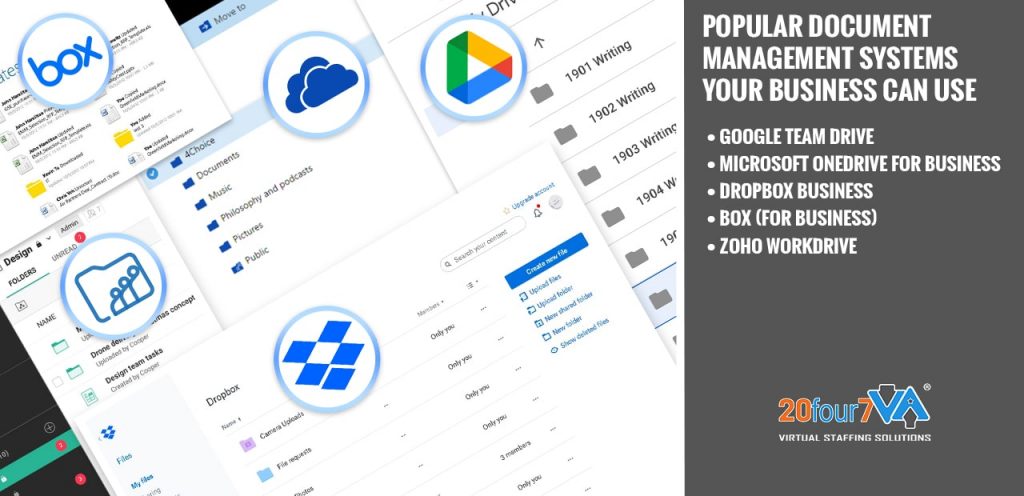
Here are popular EDMS or document management applications to consider:
- Google Team Drive — A web-based shared space where teams can access, search, store, and share files from multiple locations, using any device with an internet connection. Drive space belongs to the entire team, so any file in a Team Drive is accessible by the members, with file-sharing capabilities and restrictions controlled by the organization.
- Microsoft OneDrive for Business — Teams and departments can create workspaces to store and share business documents, and all work files are stored in the cloud. The Business version allows the integration of Microsoft products, including Microsoft Office and SharePoint.
- Dropbox Business — A file-sharing package for companies that, like most document management systems, allows users to share files and automatically syncs them to the cloud storage. It has standard and advanced business plans at different price points with more features for the latter.
- Box (for Business) — Another cloud storage platform for content management and file-sharing with features that suit large businesses and enterprises. Box comes with transparency as it provides complete visibility over the collaborations among its users.
- Zoho WorkDrive — An online file management and collaboration tool for any business size, from small business to large enterprise. The unified space allows role-based access so team members can work together seamlessly.
- DocuWare — This document management system is a web-based solution, with a document database that allows document storage and collaboration. Key features include scanning documents into the document management system, document routing, approval workflows, document access security, workflow tools, secure file sharing capabilities, and document sending via email.
- LaserFiche — A comprehensive document management solution with document control, workflow automation, the ability to manage documents and storage, imaging services, and document scanning. LaserFiche offers document-centric security so only authorized personnel have access to confidential documents that may contain sensitive personal information.
- Dokmee Cloud — Dokmee Cloud is an offline document management system that allows users to upload files via web browsers on their PC, Mac, or mobile device. It supports document scanning and document sharing capabilities that allow document collaboration without the need for large server installation.
- DocRaptor — This document management solution is a document scanning and document management Software as a Service that allows users to upload documents via any web browser. It transforms documents into different file formats, including searchable PDFs and digital images, and creates document linkages for easy sharing, and collaboration.
- Tailwind — Tailwind allows users to manage documents in various formats, from scanned images to documents. It also offers document routing, automatic document distribution, document modification alerts, document revision tracking, document version control, and document workflows.
- Alfresco — A good document management system for small businesses to large enterprises with strong capabilities in content management framework, storage, enterprise level security, and collaboration. Alfresco comes with a community edition as well as commercial editions that can be integrated with other document management systems.
- Documentum — A document management system designed to manage unstructured content across digital, physical, and cloud environments. The document storage tool also offers document lifecycle control, document security, document routing capabilities, workflow automation features, search services, electronic signature support, and optimized access through mobile devices with an internet connection.
- M-Files — A document management system that serves as an online document repository where users can securely store and share their documents. M-Files also comes with document collaboration features such as document discussions, document sharing, document notifications, and version control.
- Zillabyte — This document management system is designed for small to large companies and enterprises with automated workflows and file storage in mind. The document storage tool allows document routing, document distribution, document security, document version control, and document retention controls.
- Bizerba — This document management system is designed to manage business documents of all types for small businesses, enterprises, public institutions, schools, universities and non-profit organizations. The doc storage solution allows document security through document access control, document routing for collaboration, document distribution, business files storage in multiple formats, and document workflows.
- SharePoint — SharePoint document management system is a document storage tool with document collaboration features such as document discussions, document notifications, document version control, and document workflows. It also has search capabilities and document security through access control lists (ACL).
5 Business Advantages of Being Organized
Poor organization can be disastrous, especially for small businesses. Something as simple as not establishing a plan of action can snowball into a lot of unsatisfactory outcomes. There is a lot at stake when you don’t keep the workplace organized, such as loss of valuable time and the piling up of tasks. Here are reasons why organization skills are essential:
1. Smooth and Efficient Operations
They may seem inconsequential, but simple tasks like keeping track of to-do lists, noting down ideas and suggestions, and organizing files have a significant effect on work productivity. When your team doesn’t have to waste time looking for files that they need or trying to figure out where to get business-specific information, they have more time to focus on income-generating tasks. Establishing standard operating procedures for your team is the first step to ensuring smooth and seamless operations.
2. Paperwork Becomes a Breeze
Managing necessary paperwork, including financial documents and taxes, becomes less dreadful when everything is filed and in order. There is less risk of losing records when sales, expenses, and receivables are properly tracked. Monitoring cash flow is also vital as it allows you to keep track of how much money is going in and out.

3. Better Teamwork
There is no “I” in “team,” and companies need employees to have a strong sense of teamwork to achieve business goals. Employers set expectations and that employees receive clear directions with achievable objectives and realistic timeframes. When everyone is in alignment, teamwork is much more smooth sailing.
4. Reduces Stress Levels
Disorganization causes stress and can often lead to you feeling stuck and unproductive. Working this way can take an emotional toll. The best way to combat this is to improve organizational habits and encourage everyone at work to do the same.
For example, get in the habit of decluttering emails as you go through your inbox. Label them correctly so you can find them easily. When you’re free from disorganized chaos (like an overflowing inbox), your mind is freer. A solid organizational system will not only reduce stress but will make for happier employees.
5. Increases Productivity
The best way to make the most out of your day is by planning ahead. Using productivity tools and document management systems certainly help, but it is equally important to have a to-do list to get a headstart. Checking off an item on the list is satisfying and will further motivate you to complete the rest of your tasks before the day ends.
What do you think is the best document management software out in the market today? Does it integrate well with your current business processes? Let us know in the comments below.
Whether you’re a business owner or an employee, we hope you enjoyed part 3 of our series. Click here to read the next article of this series: Part 4: All About Project Management Systems.
[activecampaign form=68]